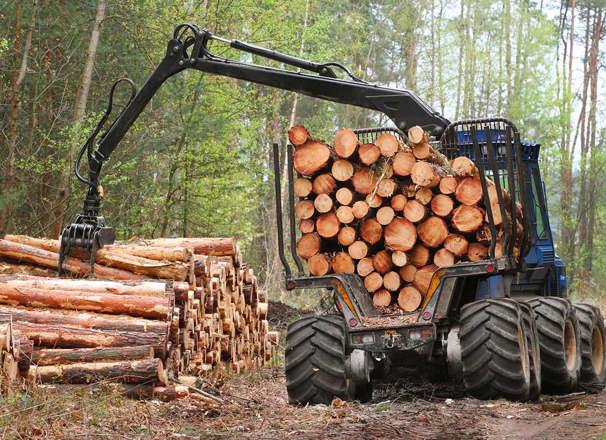Automobile accessories installers may specialize in certain types of vehicles or certain types of accessories and upgrades. For example, they may work mostly on cars, trucks, vans, commercial vehicles, or motorhomes. Or they may specialize in installing after-market products such as:
- Alarms
- Remote starters
- Audio systems
- Mirrors
- Truck running boards or box liners
- Spoilers
- Window tint film
- Paint-protection film
- Upholstery
- Seat heaters
- Back-up cameras
- Hands-free calling or voice command systems
- Tires
Duties and responsibilities vary. In general, automobile accessories installers:
- Remove and re-install vehicle interior parts
- Drill and tap holes to mount accessories
- Custom build accessories such as speaker or subwoofer enclosures, panels, and truck box liners
- Bolt, screw, clip, weld, or solder parts together
- Assemble and fit accessories to vehicles
- Maintain their own tools and equipment
- Keep their work area clean and in order
- Read and understand vehicle electrical or assembly diagrams
- Use computers for access to vehicle diagnostic information
- Use computers to program or “flash” software on after-market integration devices
- Conduct diagnostic testing
- Provide customer service
- Attend car and trade shows, sales events, and car audio competitions
Installers may keep records. They compute charges for labour and materials.
Some installers specialize in areas such as electronic systems and upholstery.
Electronic systems installers diagnose and install electronic devices. They study circuit diagrams and test wiring and other parts to find out what needs to be replaced or repaired. They may work with parts such as:
- Remote starters
- Car audio systems
- Alarm systems
Upholstery installers work with materials for upholstery and covers. They may measure, cut, and sew the materials. They also may adjust or replace seat springs.



